What is goat willow and how to grow it?
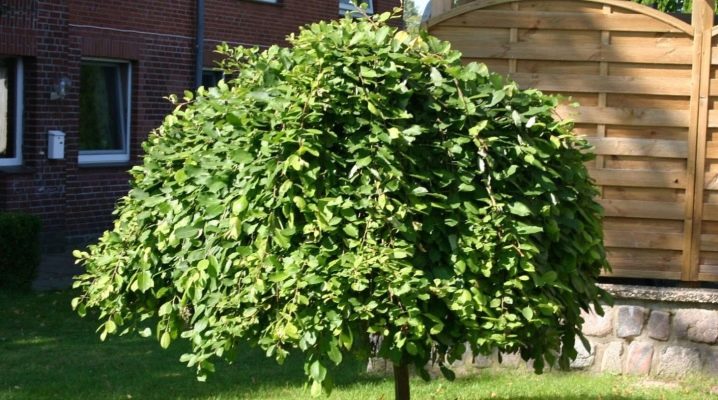
Gardeners often plant various ornamental plants in their summer cottages. Goat willow is considered a popular option. The article will discuss the main features of growing such trees, the rules for planting them and caring for plants.
general description
The variety belongs to the willow family. This plant has the botanical name of bredin on the stem, in the common people it is also called rakita. The vegetation has rather dense and thickened branches. In young species, they have a light gray color, in adults, they are gray-green.
The bark is at first painted in a green-gray color, but with age it acquires a brown color, cracks begin to form in the lower part of the trunk. The surface of the wood is absolutely smooth.
Leaves are elliptical. The outer part is deep green in color, and the bottom is grayish. The edges of the leaf plates are serrated.
In the axils of the foliage, buds are hidden. They are quite large in size. This willow blooms in mid-spring. It lasts approximately 10-12 days. In this case, there are both male and female flowers. The former are very dense, their shape is cylindrical. The second are oblong, oval in shape.

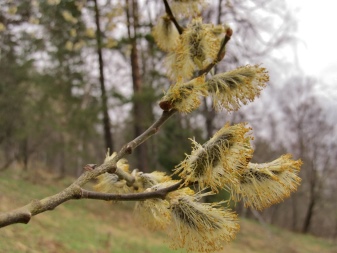
As a result of the transfer of pollen at the end of the spring season, fruits ripen in the form of a small capsule, the diameter of which is about 6-8 cm. Each such fruit contains 18 small seeds. During flowering, a large number of beautiful inflorescences are formed.
The height of adults can reach up to 10 m. The width of the crown is up to 8 meters. This willow boasts good frost resistance. Vegetation can easily withstand harsh climatic conditions without requiring insulation.
The tree looks decorative, so it is used as a landscape decoration. Moreover, it can be suitable for placement in small summer cottages, since it has a rather compact size.

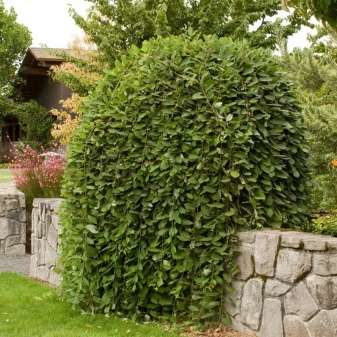
Spreading
In nature, goat willow grows in almost the entire European part of Russia. And also it can be grown in the Far East and the Caucasus. Most often, it is found in damp forests with a different composition.
These trees mainly grow on fertile soils saturated with nutrients. They can hardly be found in swampy and overly humid areas.

Popular varieties
Let's take a closer look at the individual varieties of such a willow.
- Pendula. Such an ornamental plant reaches a height of about 2-3 meters. Its life span is 25-30 years. The species loves light. But at the same time, she will be able to withstand the shadow. For the full growth of vegetation, regular watering will be required. "Pendula" has a high level of frost resistance, but before the onset of frost it is still better to cover the bole. The crown of this culture is tent-shaped.
Most often, this species in landscape design is planted as a single tree. But it can also look perfect in a decorative group. "Pendula" will go well with various conifers.
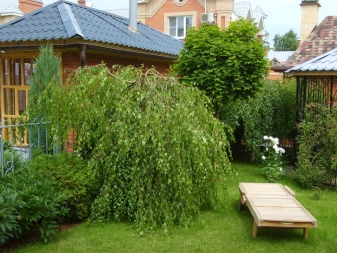
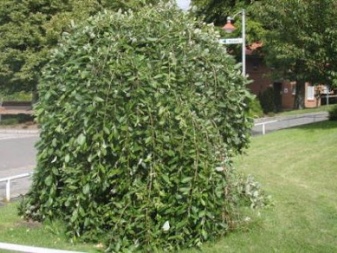
- Kilmarnock. This variety is considered the smallest. Its maximum height is only 150 cm. The tree is standard. It also has good resistance to frost, wind, and the species is photophilous. The variety is able to grow normally even on clayey soils, it is undemanding to the composition of the soil.However, the variety can react poorly to high levels of humidity. In the middle of spring, in the process of flowering, a huge number of small beautiful "earrings" of silvery color with a light aroma appear on the vegetation.
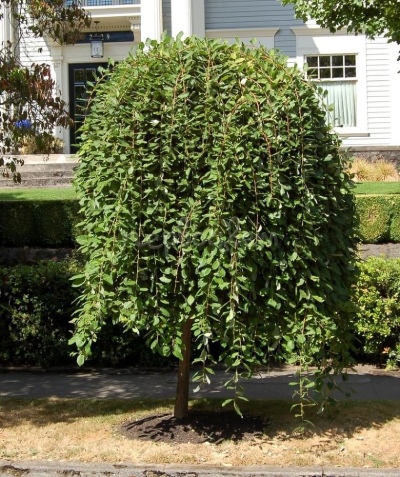
- "Mac"... The spherical look is considered shade-tolerant, but it is still better to plant it in well-lit areas. The height of a healthy plant is about 6-8 meters. The crown diameter is 3-5 m. The variety has a large annual growth. It has a smooth brown-red bark. The leaf blades have an olive tint. All of them are rather long, with sharp ends, curved shape. Their length can reach 10-12 centimeters. During flowering, the tree is covered with a large number of yellow "earrings" with a slight aroma.
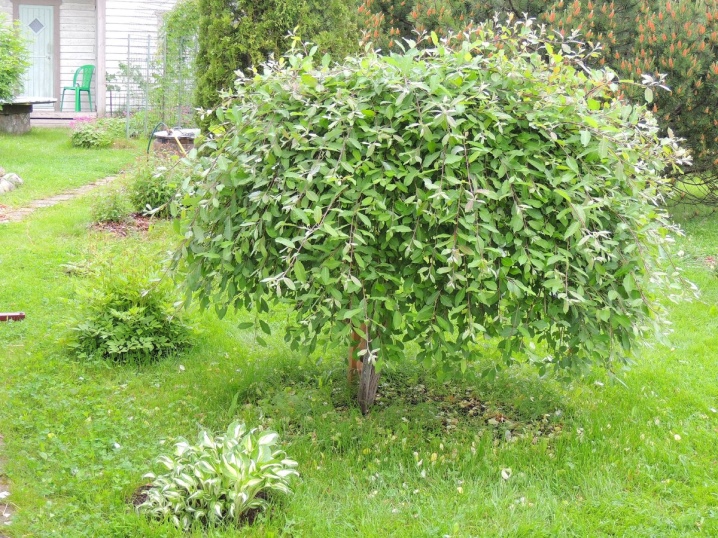
- "Cotetti". This variety can be up to 10 m high. It has thick gray branches. This willow is completely undemanding to care for. It can grow well both in the light and in the shade on any soil. In the process of flowering, this variety is covered with long golden "earrings" with a honey aroma.
"Cotetti" will look great next to water bodies.
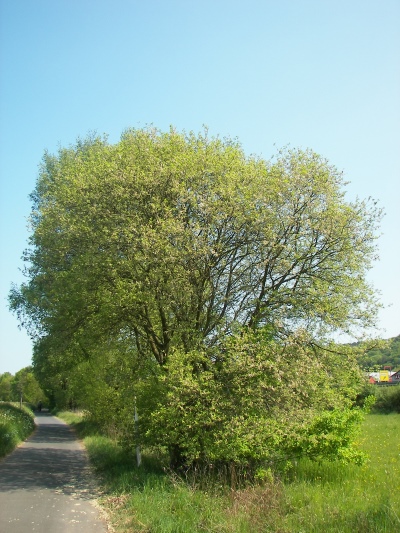
Landing
Planting is performed with the onset of the spring period. In this case, the cuttings should be placed in a container with water in advance, and wait for the appearance of small roots. After that, it will be possible to transplant into open ground. This must be done as carefully as possible so as not to damage it.
First, small planting holes are dug. Remember that goat willow has a good relation to light, but it is permissible to plant it in a shaded area. The soil extracted during the digging is mixed with compost. After placing the seedlings in the holes, everything is covered with earthy mass. The soil should be slightly flattened. After that, the plant is watered abundantly.

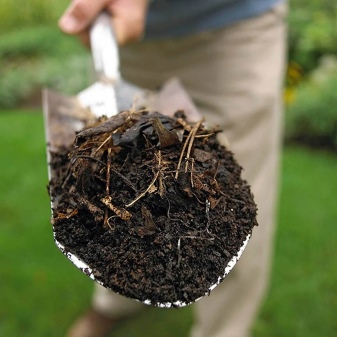
Care
In order for the plantings to develop correctly, have a beautiful and neat appearance, it is necessary to properly care for them.
Watering
Moistening of young plantings should be carried out 2-3 times in seven days. The number of procedures should be increased only in cases where dry and hot weather is for a long time.
Many mature and sufficiently strong trees do not need watering at all.

Top dressing and loosening
In the spring, it is recommended to apply top dressing immediately after warming up the soil. Moreover, you can use almost any complex composition suitable for the willow family. It is better to dilute the composition with water. In this form, the substance can much more easily reach the root system.
Further fertilizers are applied in mid-June. Complex formulations can also be used at this stage. At the end of the summer season, potassium supplements should be used, as well as superphosphate.
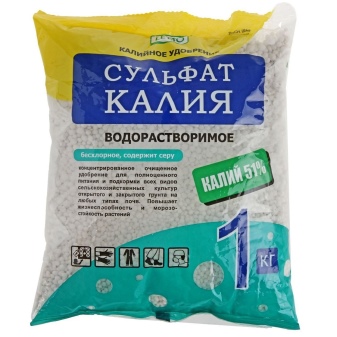
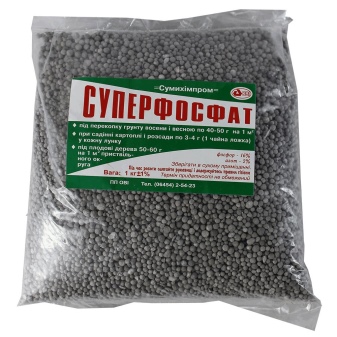
Pruning
It is a special haircut that will give the willow a beautiful decorative appearance. Crown formation is carried out in the first few years of tree growth. In this case, the shoots are cut short, parts should be left no more than 15 centimeters long, everything else must be carefully trimmed.
It is worth carrying out the procedure in the summer after the end of flowering. If you cut the branches in the autumn, then the plant in the next season may simply not bloom. In mature trees, shearing is most often carried out on 2/3 of the branches.
The formation pattern may differ depending on the specific variety and age.
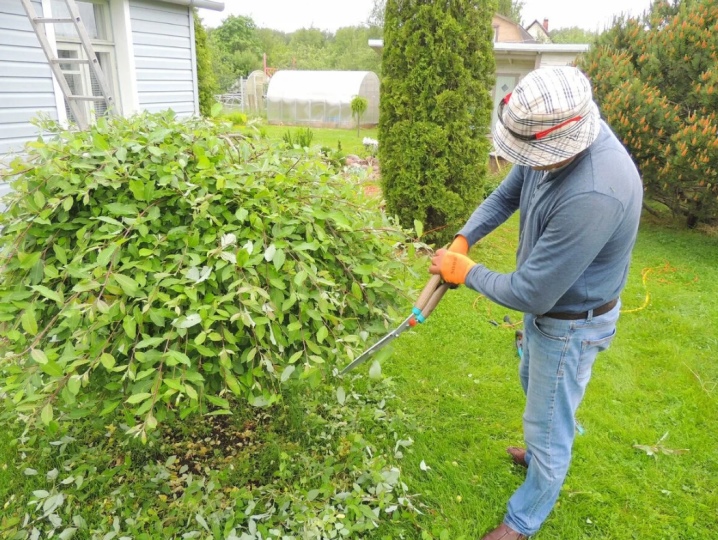
Reproduction
Such a willow can be propagated by grafting, cuttings, and also seeds.... Seeds can be used 10-12 days after the end of ripening, otherwise germination is greatly lost. With the help of cuttings, it is much easier to root such a plant. In this case, you need to cut branches at least 10 centimeters long.
The cut pieces are placed in a bucket of warm liquid for several days. At the same time, the holes are prepared for planting. A good drainage layer must be laid in them, and compost is also introduced there.After that, cuttings are placed, buried and watered.
Vegetation reproduces by grafting... This option is considered the most difficult. Moreover, such a tree on a trunk will not take root in every variety. In this case, the Pendula variety may be perfect.

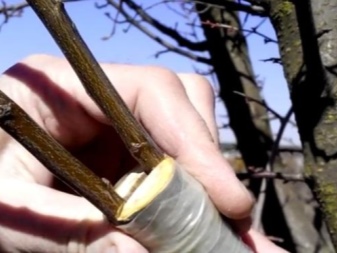
It is quite permissible to take a native trunk as a stem. In the future, you should carefully monitor the young kidney. It should not form below the vaccination site. If, nevertheless, this happened, then the kidney will have to be removed.
The easiest option would be to purchase planting material in a nursery. But before buying a seedling, you need to carefully inspect for damage. The stems should be free of cracked areas and other defects.
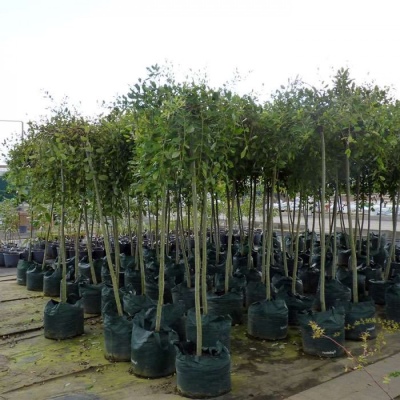
Diseases and pests
Goat willow plantings can be affected by various diseases.
- Powdery mildew. In this case, a white bloom forms on the foliage. The disease is fungal, it manifests itself in the middle of summer. To cure the affected plant, you should immediately use ready-made strong fungicides. Most often, medical treatments are carried out by spraying.
- Scab... This disease is also fungal. It can occur due to excessive moisture levels. When a tree is damaged, the stems and leaf plates begin to turn black, then they fall off. In the future, the tree will begin to weaken and simply die. In this case, fungicides will also become the most effective control method.
- Rust... It is also a fungal disease in which a rusty bloom appears on the foliage, gradually covering the entire surface of the leaves. To combat rust, it is worth using ready-made chemical preparations.
- Bark necrosis... Young plants most often suffer from this disease. Almost always, necrosis infection leads to the rapid death of vegetation, so timely preventive measures should be taken to avoid its appearance.

And also the goat willow can be damaged and attacked by various insects.
- Spider mite... The insect lives on the inside of the leaves. From there it sucks out all the juices, as a result of which the foliage begins to deform strongly, dry, turn yellow, then it simply falls off. For minor damage, you can use insecticides or a simple soap solution prepared yourself. In case of severe damage, it is already worth using drugs ("Karbofos").
- Cicadca... Such a parasite easily destroys tree shoots. In the spring, he begins to lay the larvae in shoots, which later gradually become weak and crack. At the same time, small larvae feed only on their juice. As a result, the plant stops growing, begins to deform and eventually dies. If insects are found, they must be immediately removed by hand from the willow, and then the damaged tree must be treated with a chemical.
- Leaf beetle... The parasite is able to almost completely destroy willow leaves. He lays his eggs in the spring. Small larvae begin to eat the lower part of the leaves. To combat the leaf beetle, you first need to completely remove all old and dry branches, this will destroy the pests that hibernate in the bark. In case of severe damage, only strong chemical compounds can help.
- Willow Wave. The insect eats foliage, it is also capable of destroying all leaves. Moreover, the volnyanka lays eggs by the middle of summer, so the process will be repeated in the next season. To get rid of the pest, it is worth by all means to attract birds to the plants, who can easily cope with it.
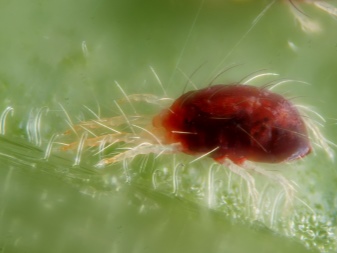
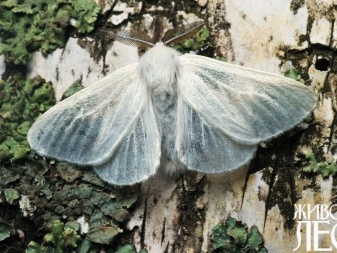
Usage
Goat willow can be a wonderful decoration for almost any landscape, but at the same time, you need to form the crown well.... Vegetation is often planted in a flower bed, you can make a whole composition consisting of several such trees. They will look harmoniously with other decorative plantings.
And also goat willow has found its application in the medical field. A decoction with its bark can help with stomatitis. You can make healing infusions for colds and rheumatism.




































































The comment was sent successfully.